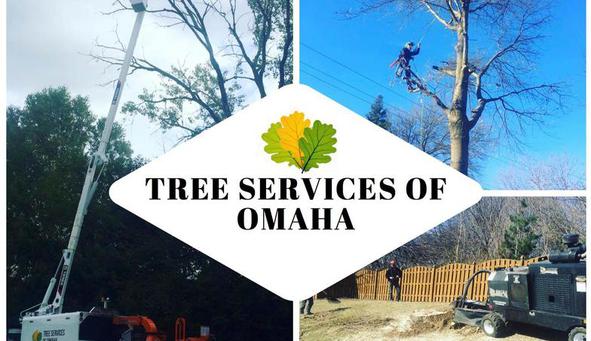Tree Health Care - Walnut Twig Beatle
by David Steg on 10/01/14
 The walnut
twig beetle, Pityophthorus juglandis, has been associated with
widespread mortality of black walnut in the western U.S. The beetle is
the vector of a fungus that causes Thousand Canker Disease (TCD),
an accumulation of many small branch and stem cankers that can kill an
infected tree. The beetle is native to Arizona, California, New Mexico,
and northern Mexico. In the Southwest it attacks Arizona walnut.
The walnut
twig beetle, Pityophthorus juglandis, has been associated with
widespread mortality of black walnut in the western U.S. The beetle is
the vector of a fungus that causes Thousand Canker Disease (TCD),
an accumulation of many small branch and stem cankers that can kill an
infected tree. The beetle is native to Arizona, California, New Mexico,
and northern Mexico. In the Southwest it attacks Arizona walnut.Since the 1990s, black walnut, a tree native to the eastern U.S. but planted widely in the West as an ornamental, has shown widespread decline. In 2004, extensive mortality in the Front Range of Colorado was linked to the presence of the beetle and the fungus it carries, Geosmithia morbida. The disease is now present in nine western states and continues to spread. In 2010, it was found in Tennessee, the first report in the native distribution of black walnut. In 2011, it was confirmed in Virginia and Pennsylvania followed by Ohio in 2013. In 2013, the fungus was found in North Carolina, but the beetle has yet to be collected there. In late 2013, both organisms were reported from black walnut in northern Italy.
TCD is an example of a native forest health condition where the biotic agents (beetle and fungus) have expanded their geographic ranges and switched to new host species with no coevolved resistance. They are likely to act like non-native pests in naïve ecosystems in North America and, now, Europe.
Forest
Service scientists are working to better understand the biology of the
walnut twig beetle and Geosmithia morbida in order to develop controls
for this disease. To learn more, contact Steven Seybold, a Research
Entomologist specializing in the study of bark and wood-boring beetles,
at the US Forest Service or UC Davis.



